The Ultimate Guide to FDM 3D Printing Materials: Pros, Cons, and Key Comparisons
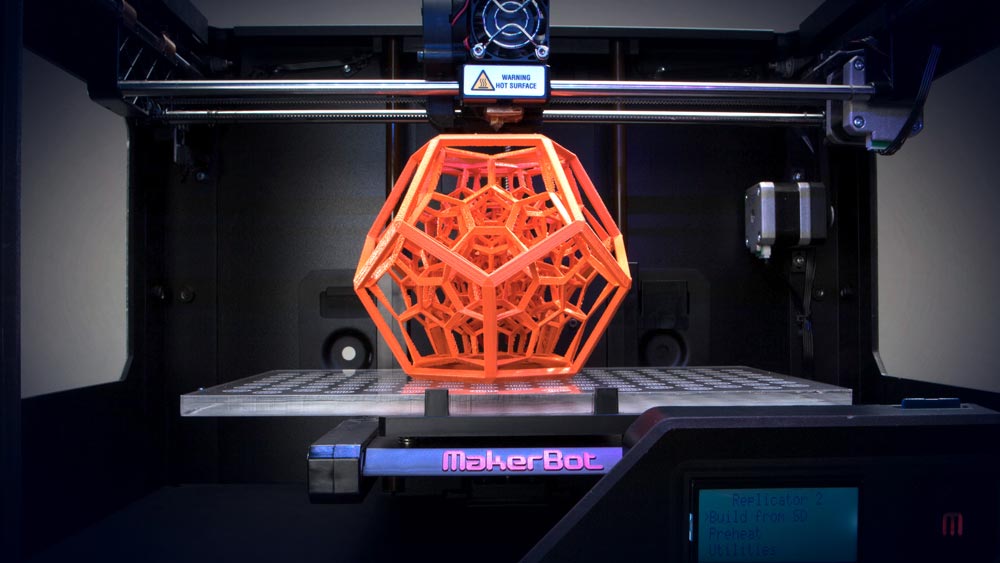
Fused Deposition Modeling (FDM) is one of the most accessible and widely used 3D printing methods. However, choosing the right material is crucial for achieving the desired properties and performance in your 3D prints. This guide provides an in-depth comparison of the most common FDM materials, analyzing their pros, cons, and ideal use cases to help you make informed decisions. Whether you’re printing for strength, flexibility, heat resistance, or aesthetics, this article covers every aspect necessary.

In the quiet hum of the workshop, where plastic dreams take form, the FDM printer whispers secrets of possibility, layer by layer.
Mahan Rasouli
1. Overview of Common FDM 3D Printing Materials
FDM 3D printers can work with a variety of materials, each offering unique mechanical properties, ease of use, and print quality. The most popular materials include PLA, ABS, PETG, TPU, Nylon, and Polycarbonate. Each of these materials has strengths and weaknesses, making them suitable for different applications. In this post, we will explore each material in-depth and compare them across key parameters like strength, durability, flexibility, printability, and more.
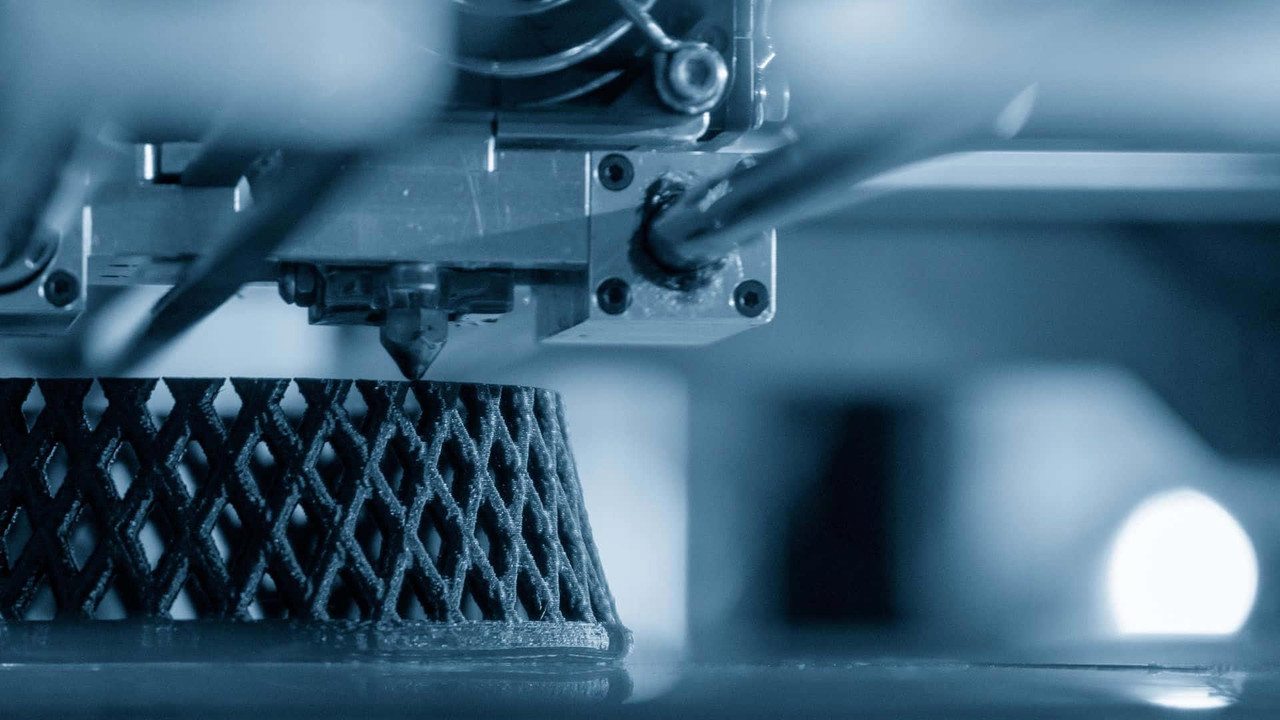
2. PLA: Pros, Cons, and Best Use Cases
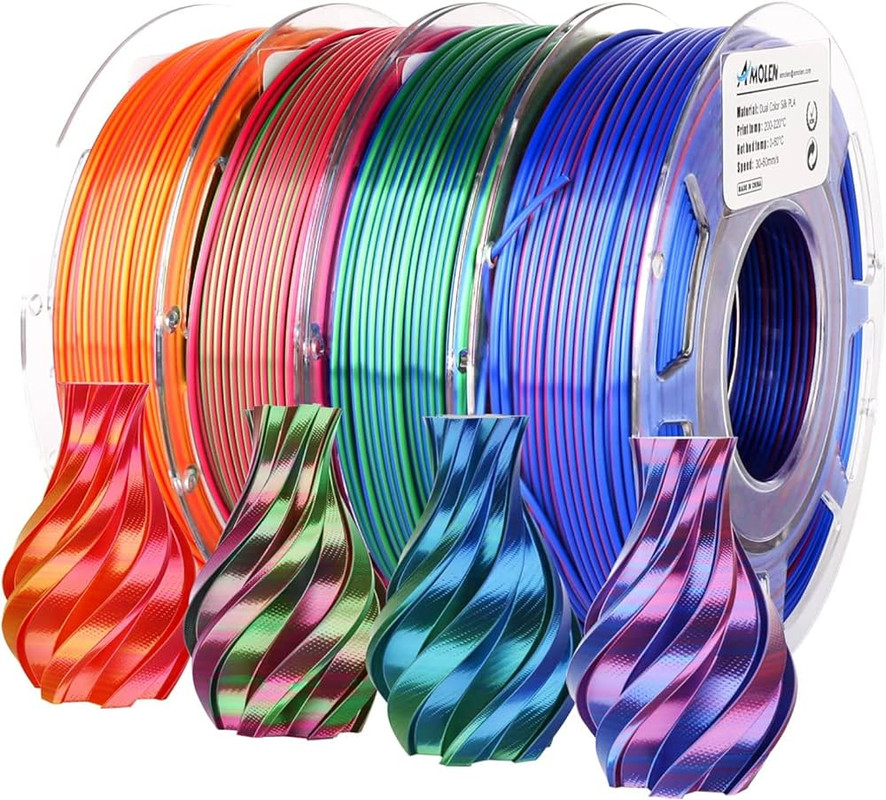
Pros:
- Easy to print, low warping
- Environmentally friendly (biodegradable)
- Low cost and wide availability
- Good surface finish and detail
Cons:
- Brittle and not ideal for mechanical parts
- Low heat resistance (starts to deform at ~60°C)
- Lower impact strength compared to other filaments
Best Use Cases:
PLA is best for prototyping, decorative items, and models that don’t need to withstand high stress or heat. For example, cosplay props, architectural models, and simple household items can be made using PLA.
3. ABS: Pros, Cons, and Best Use Cases
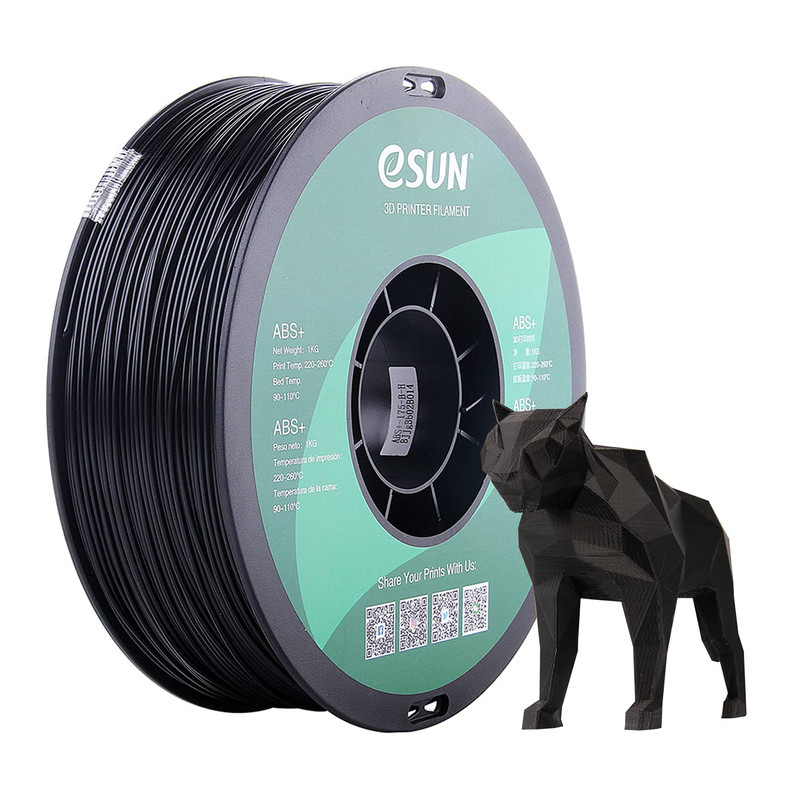
Pros:
- Strong and durable, ideal for mechanical parts
- High heat resistance (~100°C)
- Can be post-processed (sanding, acetone smoothing)
- Better impact strength than PLA
Cons:
- Difficult to print: prone to warping and requires a heated bed
- Strong fumes during printing (requires good ventilation)
- Not biodegradable
Best Use Cases:
ABS is commonly used for durable parts like automotive components, enclosures, and functional prototypes. For example, ABS is ideal for printing drone parts and tool holders that require impact resistance and heat tolerance.
4. PETG: Pros, Cons, and Best Use Cases
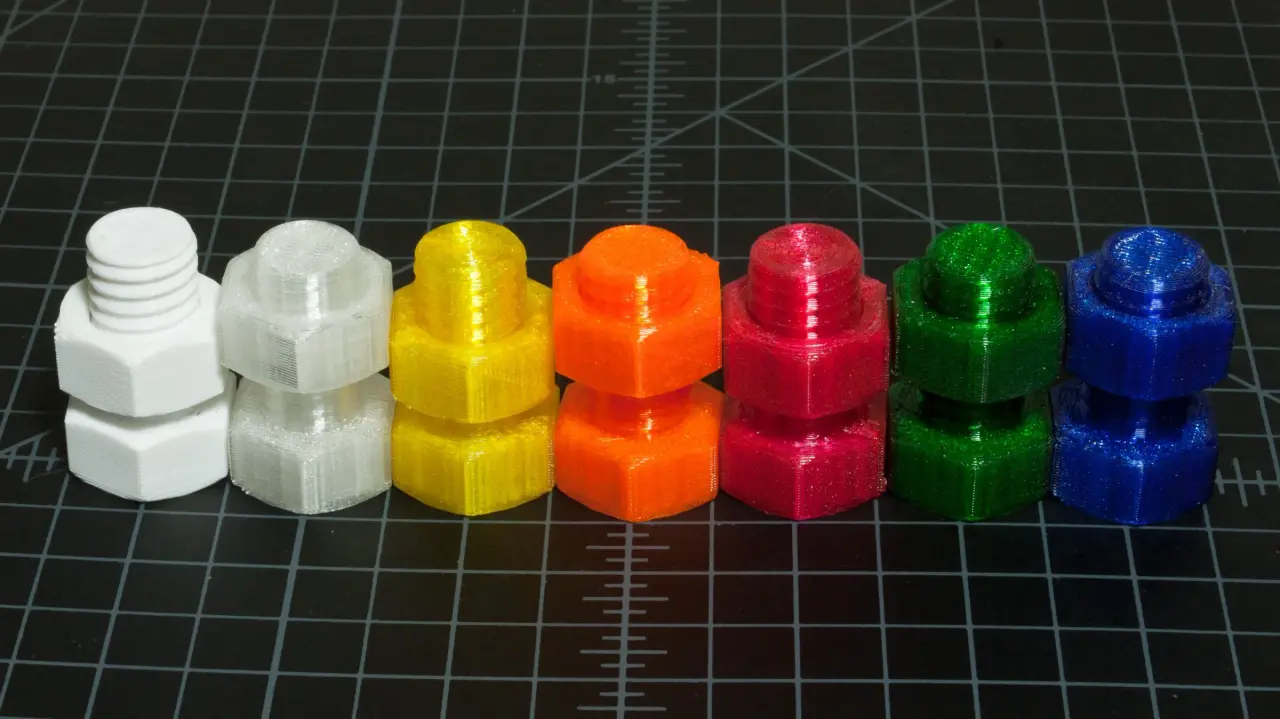
Pros:
- Excellent balance between strength and flexibility
- Less warping than ABS, easier to print
- Good chemical resistance
- Can print large objects without an enclosure
Cons:
- Slightly more difficult to print than PLA
- Stringing issues if not tuned correctly
- Lower impact resistance than ABS
Best Use Cases:
PETG is a popular choice for functional parts that need flexibility and durability. For instance, it’s ideal for water-tight containers, phone stands, and mechanical parts requiring chemical resistance.
5. TPU (Flexible): Pros, Cons, and Best Use Cases
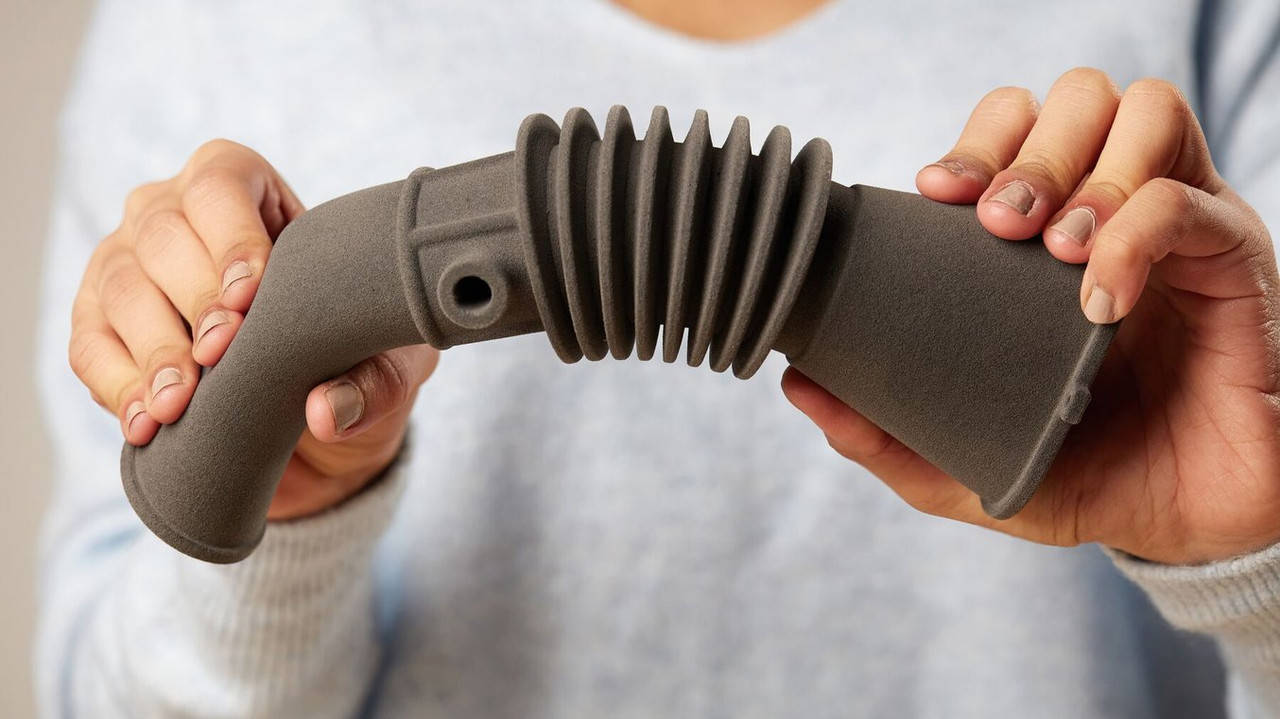
Pros:
- Highly flexible and elastic
- Good abrasion resistance
- Durable and wear-resistant
- Can absorb impacts and vibrations
Cons:
- Difficult to print: requires precise settings and slower speeds
- Warping can occur if not properly tuned
- Not as strong as rigid filaments like ABS or Nylon
Best Use Cases:
TPU is excellent for flexible parts such as phone cases, gaskets, and wearables. For example, TPU is ideal for printing flexible hinges or protective covers.
6. Nylon: Pros, Cons, and Best Use Cases

Pros:
- High strength and toughness
- Excellent abrasion resistance
- Flexible but strong
- Good chemical resistance
Cons:
- Requires a high printing temperature and a heated bed
- Absorbs moisture easily (must be kept dry)
- Warping is common without an enclosure
Best Use Cases:
Nylon is ideal for high-stress parts such as gears, mechanical components, and functional prototypes. It is also a go-to material for printing parts that require high impact resistance and flexibility.
7. Polycarbonate (PC): Pros, Cons, and Best Use Cases
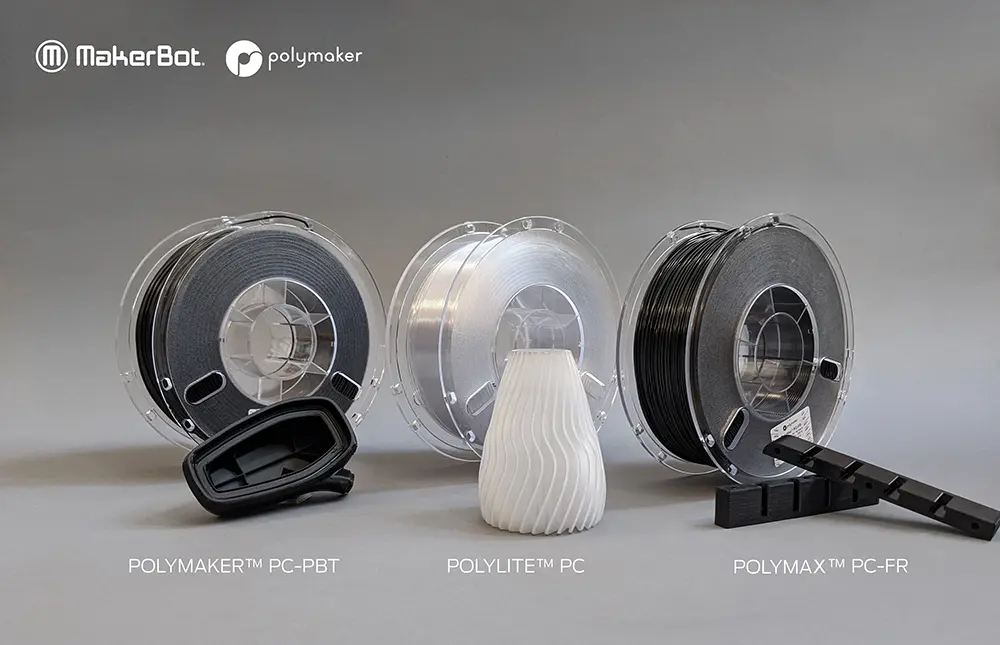
Pros:
- Extremely strong and durable
- High impact resistance
- Can withstand high temperatures (~120°C)
- Good optical clarity (transparent PC is available)
Cons:
- Very difficult to print: requires high nozzle temperatures and an enclosure
- Prone to warping and layer adhesion issues
- Expensive compared to other materials
Best Use Cases:
Polycarbonate is best suited for parts that require high impact and temperature resistance, such as safety equipment, engineering prototypes, and lighting fixtures. A practical example would be printing parts for electrical housings or heat-resistant enclosures.
8. Other Specialty Filaments (Wood, Metal, Carbon Fiber)
Wood Filaments:

- Adds aesthetic appeal with wood-like textures
- Easy to print but requires specific settings for optimal finish
- Brittle and not suitable for functional parts
Metal Filaments (PLA-based with metal powder):
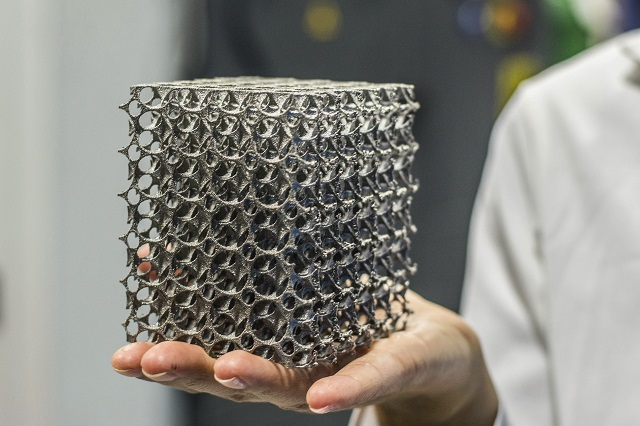
- Adds weight and metallic appearance
- Can be polished for a shiny finish
- Heavier than standard PLA but retains the ease of printing
Carbon Fiber Reinforced Filaments:
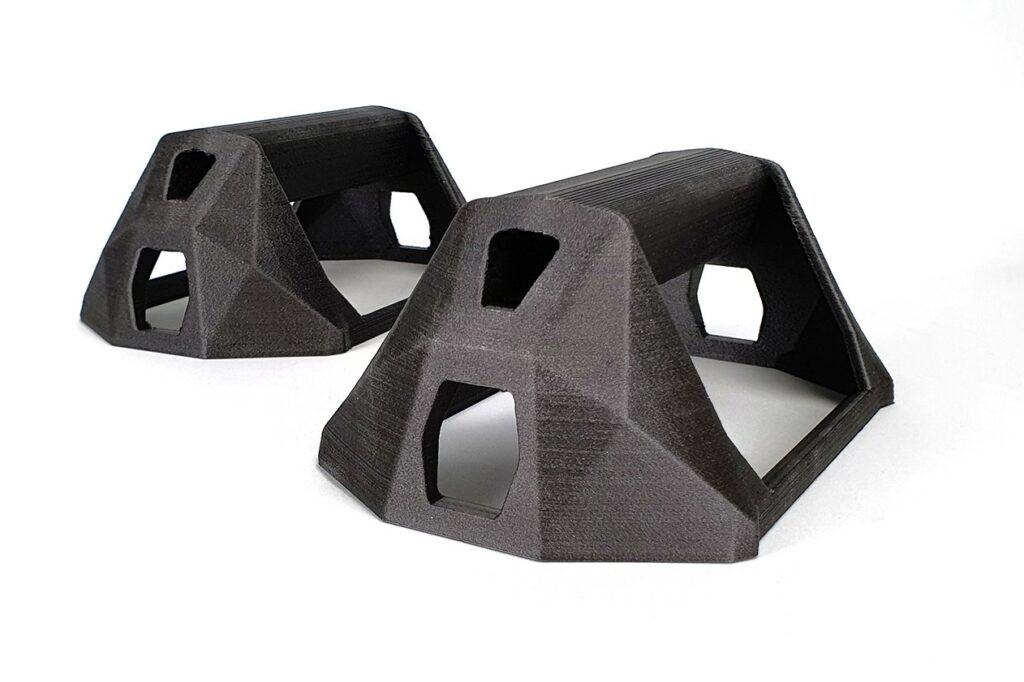
- Strong, stiff, and lightweight
- Excellent for high-stress mechanical parts
- Requires wear-resistant nozzles (due to abrasiveness)
9. Comparing FDM Materials: Strength, Flexibility, Printability, and More
| Material | Strength | Flexibility | Heat Resistance | Printability | Best For |
|---|---|---|---|---|---|
| PLA | Moderate | Low | Low | Easy | Prototyping, decorative models |
| ABS | High | Moderate | High | Moderate | Functional parts, enclosures |
| PETG | High | Moderate | Moderate | Easy | Water-resistant objects, housings |
| TPU | Low | Very High | Low | Difficult | Flexible parts, gaskets |
| Nylon | Very High | High | Moderate | Difficult | Gears, mechanical components |
| Polycarbonate | Very High | Low | Very High | Very Difficult | Heat-resistant parts, engineering |
10. Case Studies: Material Selection in Real-Life Scenarios
Case Study 1: Printing a Durable Enclosure
A maker needed a durable, heat-resistant enclosure for an electronics project. After comparing ABS, PETG, and Polycarbonate, they chose Polycarbonate due to its heat tolerance and strength.
Case Study 2: Prototyping a Flexible Hinge
In a different scenario, a designer needed a flexible hinge for a custom device. TPU was selected for its elasticity and durability under repeated bending.
11. Conclusion
FDM 3D printing materials each have unique properties that make them suitable for different applications. PLA is perfect for beginners and non-functional parts, while materials like ABS and Nylon offer strength and durability for mechanical components. PETG provides a good balance between ease of use and functionality, while TPU is essential for flexible prints. Polycarbonate stands out for its unmatched strength and heat resistance but requires advanced printing techniques. Choosing the right material depends on your specific project needs, print environment, and desired finish.
References:
- The Ultimate Guide to FDM 3D Printing Filaments
- Comparing PLA, ABS, and PETG Filaments
- Why Nylon is the Best Material for Mechanical Parts
- 3D Printing with Polycarbonate: Strength and Challenges
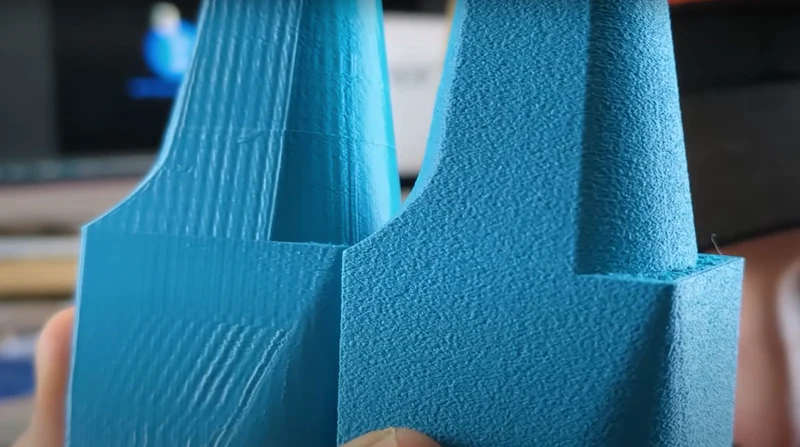
In 3D modeling, creating visually stunning models is not just about aesthetics—it’s also about how efficiently and correctly the model…
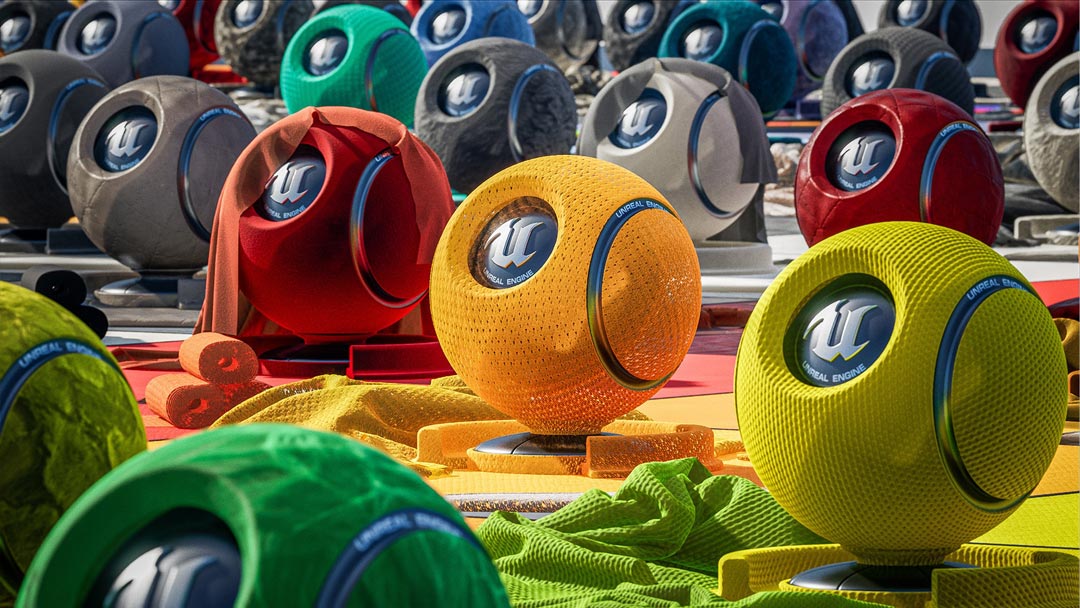
Physically Based Rendering (PBR) has become a cornerstone of modern 3D rendering and game development. It enables artists to create…